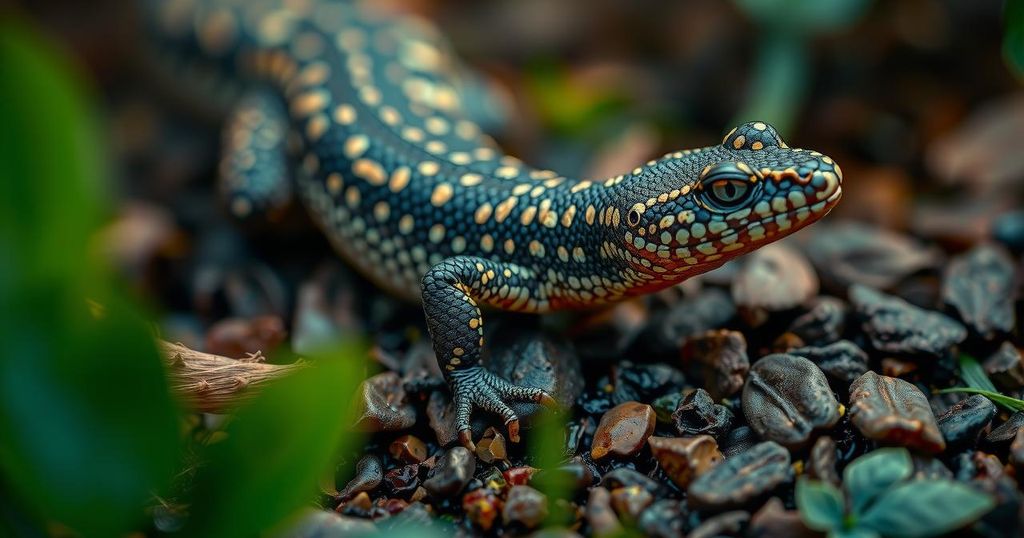Impact of Climate on Salamander Developmental Forms
Mark Kirk and colleagues have studied Arizona tiger salamanders over 32 years, revealing that extended growing seasons favor terrestrial development while cold spells and light snow promote aquatic forms. This highlights the complexity of ecological plasticity and the importance of long-term studies in understanding the interplay of climate and natural populations.
Mark Kirk and his research team from Murray State University and Allegheny College conducted an extensive 32-year mark-recapture study on Arizona tiger salamanders (Ambystoma mavortium nebulosum) involving 717 individuals. Their findings revealed that while extended growing seasons favor terrestrial metamorphosis, adverse climatic factors such as prolonged cold winters and limited snowfall promote aquatic paedomorphic conditions. This research underscores the intricate dynamics of ecological plasticity and highlights the necessity for longitudinal studies to elucidate the interplay of various selective pressures on natural populations.
The study of climate’s influence on amphibian development is essential in understanding biodiversity and species adaptability. In particular, salamanders exhibit dual life forms: a metamorphic form that transitions from aquatic larvae to terrestrial adults, and a paedomorphic form that retains juvenile characteristics throughout its life. Climate change has significant implications for these processes, as shifting temperatures and altered seasonal patterns can affect growth rates, survival, and habitat selection for various amphibian species. Such long-term ecological studies provide critical insights into how climate variables shape developmental pathways and species resilience.
In conclusion, Kirk’s research presents significant evidence regarding the influence of climatic conditions on the life stages of Arizona tiger salamanders. The findings indicate that varying environmental factors not only directly impact life cycle transitions but also complicate projections for future adaptability. This study emphasizes the critical need for ongoing monitoring and research to comprehend the full extent of climate impacts on amphibian developmental strategies.
Original Source: www.nature.com




Post Comment